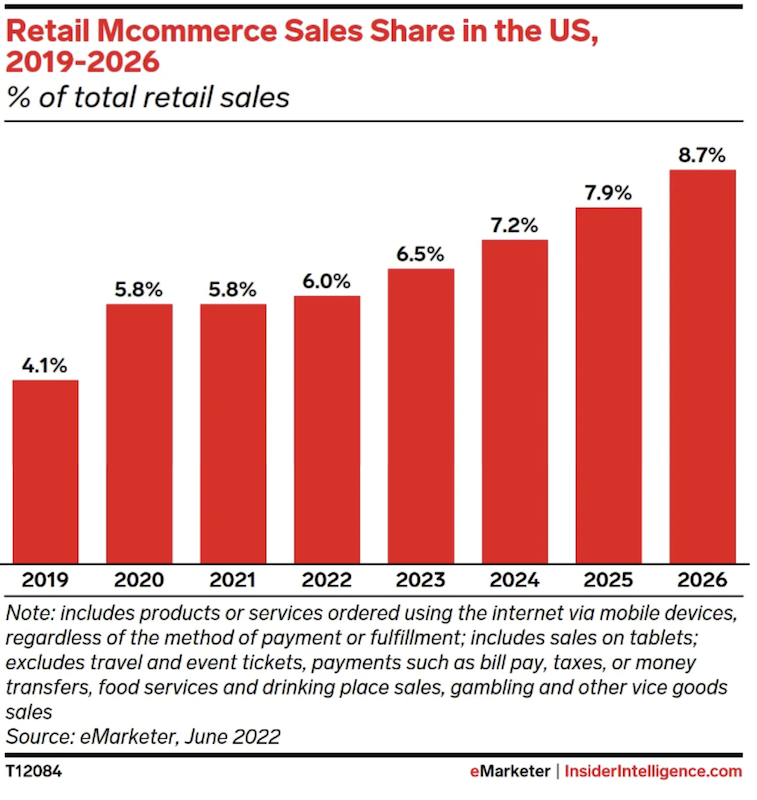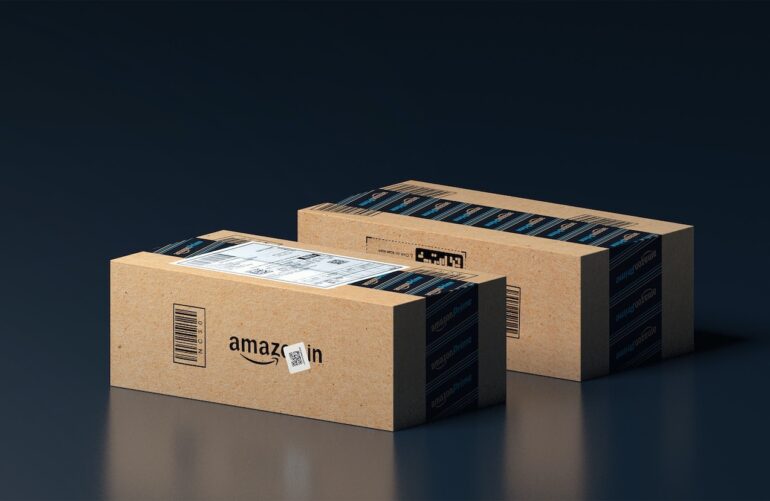The online marketplace scenario in 2024 is continuously changing due to technical advances and shifting customer behaviors.
Companies and startups are always looking for fresh approaches to be competitive in the fiercely competitive digital space. Online markets are changing due to several ground-breaking developments and technology this year.
Let’s examine these changes and see what new business prospects they provide.
Hyper-Personalization
Hyper-personalization goes beyond simple personalized recommendations by analyzing many customer data points through AI (Artificial Intelligence) and deep learning techniques. This covers surfing patterns, past purchases, social media exchanges, and situational and environmental data.
As a result, each customer has an extremely nuanced and personalized buying experience. These days, online marketplaces, developed by professionals like https://www.codica.com/services/online-marketplace-development/, provide customized product recommendations, homepages, and marketing messaging. Higher conversion rates and more customer loyalty result from this degree of customization, dramatically improving the consumer experience. Companies that are exceptional in hyper-personalization are seeing a significant competitive advantage.
Integration of Emerging Technologies
Online marketplaces are undergoing a significant transformation thanks largely to emerging technologies. These innovations are redefining the consumer buying experience and altering the backend of e-commerce operations.
Blockchain
By 2024, blockchain technology will have advanced beyond cryptocurrencies and become a major force in online markets. Its main contribution is to increase security and transparency. Blockchain enables trustworthy records of product ownership and authenticity and safe, traceable transactions. This is especially important for markets that deal with luxury goods or products where provenance is important.
Additionally, blockchain makes smart contracts possible, simplifying and automating transactions and eliminating the need for middlemen. This reduces expenses and expedites procedures, enhancing the effectiveness and reliability of online markets.
Augmented Reality (AR) and Virtual Reality (VR)
Virtual reality (VR) and augmented reality (AR) are quickly becoming significant trends in e-commerce technology, changing how consumers interact with products and judge what to buy. These innovations bridge the gap between online and offline purchasing by giving consumers genuine, engaging experiences.
Augmented reality enhances the shopping experience by letting shoppers see products in their surroundings by superimposing digital information over the actual world.
Conversely, virtual reality produces a simulated environment where customers may fully submerge themselves, offering a virtual retail experience.
Technology like AR and VR make the following improvements in e-commerce possible:
- Online trials
- Interactive visual representation of products
- Online showrooms
- Virtual encounters and events
Voice Commerce
The trend of using voice commands to shop is growing as speech-assisted devices such as Google Home and Amazon Alexa proliferate. Voice commerce provides accessibility and convenience by letting users shop hands-free and get answers right away.
In response to this trend, companies are making their online marketplaces more voice search and transaction-friendly. This entails leveraging natural language processing (NLP) to comprehend client inquiries and intentions fully. Voice commerce creates new channels for consumer involvement and engagement while streamlining the purchase experience.
Embracing Social Commerce and Community Building
The distinction between social connection and buying will become increasingly hazy in 2024 as social commerce takes center stage. Customers can now find and purchase things without leaving their favorite feeds on platforms like Instagram and TikTok, which have already integrated seamless purchasing options within their ecosystems. Due to this trend, businesses now have a rare chance to connect with active communities and establish enduring relationships with clients.
Interactive content creation, such as product demos, lessons, and live shopping events, will be essential to connect with social media-savvy customers. Additionally, influencers and brand champions effectively promote goods and foster consumer trust.
Importance of Mobile-First Design
Because mobile devices are the most popular choice for online buying, online marketplaces must adopt a mobile-first design strategy. According to the mobile-first approach, creating an online experience for mobile devices comes before making it for desktops or any other device. Due to accessibility and convenience, more customers are shopping on their mobile devices; hence, this strategy is essential.
According to a June 2022 Insider intelligence projection, the mobile commerce (m-commerce) share of total retail will expand next year, reaching 8.7% by 2026, albeit leveling down following a pandemic bump.
Insider Intelligence projects that 2024 e-commerce sales will account for 40.4% of e-commerce revenues, or $534.18 billion. The two main gadgets propelling the m-commerce boom are tablets and smartphones.

Businesses that use a mobile-first approach concentrate on developing a user interface that is both responsive and easy to use, guaranteeing a flawless shopping experience on small screens. Essential features include one-click purchasing, quick load times, touch-friendly interfaces, and simple navigation. Moreover, integrating these technologies is vital for improving the mobile purchasing experience, given the proliferation of mobile wallets and one-click payment options.
Building a Sustainable and Scalable Business Model
Companies must create models that can both be profitable and flexible enough to change with the market dynamics. This calls for operational effectiveness, technological integration, and diversification.
Online marketplaces can draw in more customers and become less dependent on a single product category by expanding their product offers and investigating new market niches. Personalized shopping experiences, improved customer insights, and more can result from integrating cutting-edge technology like AI and machine learning.
According to projections, the global artificial intelligence (AI) software market will expand quickly in the upcoming years, hitting 126 billion dollars by 2025. Numerous applications, including machine learning, robotic process automation, and natural language processing, are part of the broader AI sector.
Another scalability aspect is creating a flexible infrastructure that can manage more traffic and transactions without sacrificing performance. In this sense, scalable architecture and cloud computing are crucial because they guarantee that the market can expand without requiring large new infrastructure expenditures.
Conclusion
Companies and startups must continually adjust to current trends and take advantage of the newest technological advancements to remain competitive in this ever-changing landscape.
By doing this, they may have a strong presence in the crowded online market, satisfy and even surpass client expectations, and cultivate loyalty.
The success of online marketplaces will remain determined mainly by their capacity for innovation and adaptation in the future.











